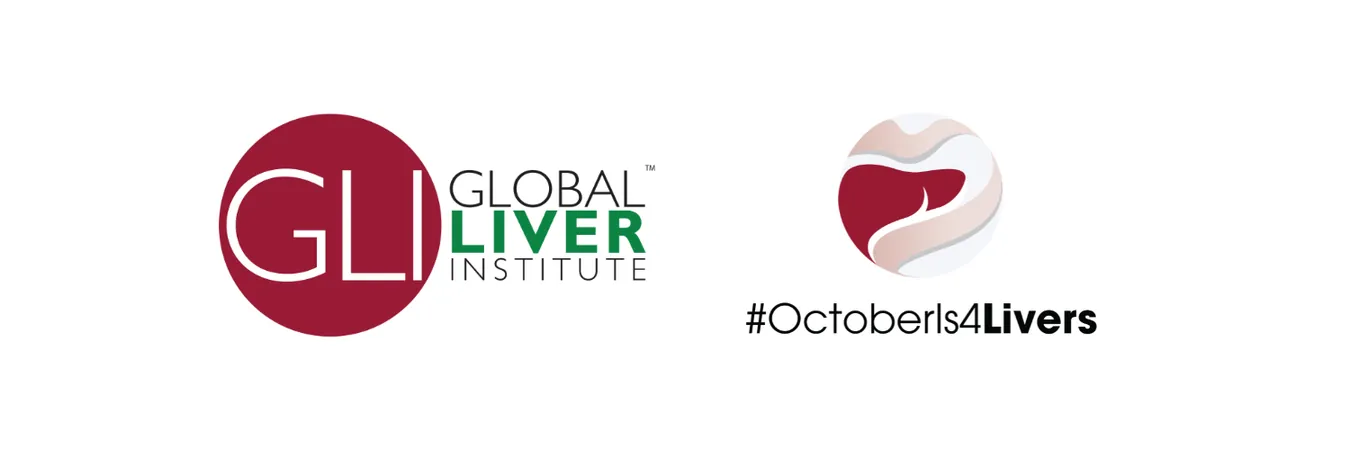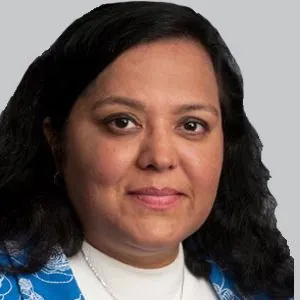
The Silent Epidemic: Why Urgent Action is Needed to Combat Rising Liver Cancer Rates
2024-10-01
As October kicks off, Liver Cancer Awareness Month has brought renewed focus to the alarming increase in liver cancer cases globally. In a powerful initiative, the Global Liver Institute (GLI) is launching its seventh annual #OctoberIs4Livers campaign, emphasizing the urgent need for targeted prevention and surveillance, especially among vulnerable populations.
The Rising Threat of Liver Cancer
Liver cancer has rapidly ascended the ranks of deadly cancers. Due to vague early symptoms, most patients are diagnosed only after the disease has advanced, contributing to the high mortality rate. Alarmingly, the current five-year survival rate for liver cancer sits at approximately 22% in the United States, starkly contrasting with Japan, where the survival rate is nearly 58%. What's even more troubling is that around 70% of liver cancer cases are preventable, highlighting the critical need for effective early screening and prevention strategies.
Preventable but Deadly
"Liver cancer is tragic not only due to the immense loss of life it causes but also because many cases are entirely preventable," stated Larry R. Holden, CEO of GLI. His comments underscore the potential for improved outcomes through enhanced healthcare policies, innovative treatment technologies, and comprehensive educational outreach.
At-Risk Populations
Certain demographics face a heightened risk of developing liver cancer and grapple with significant barriers to accessing health services. Key groups include: - **Rural Communities**: Residents often receive diagnoses at more advanced cancer stages and suffer higher mortality rates. Geographic isolation often forces them to travel long distances for adequate care. - **U.S. Veterans**: This population is five times more prone to hepatocellular carcinoma (HCC), the most common type of liver cancer, than the general public. - **Native and Indigenous Communities**: Higher rates of hepatitis C infection significantly elevate the risk of liver cancer among these groups, with far greater mortality rates reported compared to other populations.
The GLI's Mission
"The disparities in liver cancer care remain a pressing concern for GLI," stated Sarah Manes, Director of the Liver Cancers Program. "Our mission centers on understanding and addressing the specific challenges faced by vulnerable communities—be it rural populations, Indigenous groups, or veterans—to enhance early diagnosis and ultimately reduce mortality."
October Initiatives
Throughout October, the GLI campaign will roll out various initiatives aimed at promoting awareness and education, including: - **Multilingual Patient Resources**: These updated materials will be accessible in eight languages, including new offerings in Japanese and Vietnamese. - **Global Open House Events**: With new locations in The Gambia, Japan, and Vietnam added, these events aim to strengthen community capacity in addressing liver health. - **Policy Briefings and Roundtable Discussions**: Weekly sessions will tackle the barriers communities face and propose actionable solutions to support policy improvements. - **GLI LIVE Streaming Episodes**: Engaging content will be available across GLI’s social media platforms, fostering dialogue and sharing vital information on liver health.
Conclusion
As awareness grows, the call to action is clear: proactive measures must be taken to combat this silent epidemic. The GLI campaign encourages individuals to prioritize liver health and take part in community outreach efforts throughout the month of October. This October, join the fight against liver cancer—because together, we can forge a future where fewer lives are lost to this preventable disease.




 Brasil (PT)
Brasil (PT)
 Canada (EN)
Canada (EN)
 Chile (ES)
Chile (ES)
 España (ES)
España (ES)
 France (FR)
France (FR)
 Hong Kong (EN)
Hong Kong (EN)
 Italia (IT)
Italia (IT)
 日本 (JA)
日本 (JA)
 Magyarország (HU)
Magyarország (HU)
 Norge (NO)
Norge (NO)
 Polska (PL)
Polska (PL)
 Schweiz (DE)
Schweiz (DE)
 Singapore (EN)
Singapore (EN)
 Sverige (SV)
Sverige (SV)
 Suomi (FI)
Suomi (FI)
 Türkiye (TR)
Türkiye (TR)